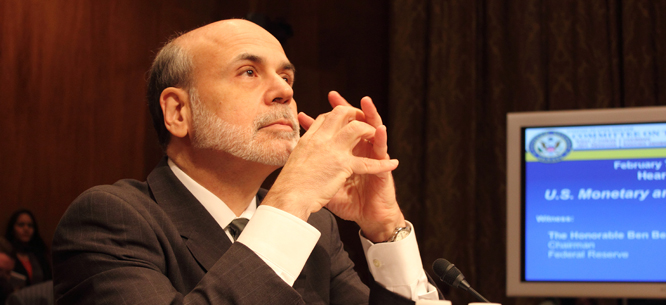“The United States can pay any debt it has because we can always print money to do that. So there is zero probability of default.”
— Former Fed Chairman Alan Greenspan on Meet the Press, August 2011
In a post on “Sovereign Man” dated August 14th, Simon Black argued that Donald Trump may be the right man for the presidency:
[T]here’s one thing that really sets him apart, that, in my opinion, makes him the most qualified person for the job:
Donald Trump is an expert at declaring bankruptcy.
When the going gets tough, Trump stiffs his creditors. He’s done it four times!
Candidly, this is precisely what the Land of the Free needs right now: someone who can stop beating around the bush and just get on with it already.
Black says the country is officially bankrupt, with the government’s financial statements showing a negative net worth of $17.7 trillion:
Nations that pass the economic point of no return can’t rebuild until they hit rock bottom. And the US is way past that point. So let’s get on with it already and hit the reset button.
Black recommends doing this by defaulting, preferably on Social Security and Medicare. But that is unlikely to suit this leading Republican candidate. As Trump said on Meet the Press on August 16:
I want people to be taken care of from a healthcare standpoint.… I want to save Social Security without cuts. I want … a strong country with very little debt.
How can the country remain strong with very little debt, without defaulting on Social Security, Medicare, or the federal debt itself?
…click on the above link to read the rest of the article…








